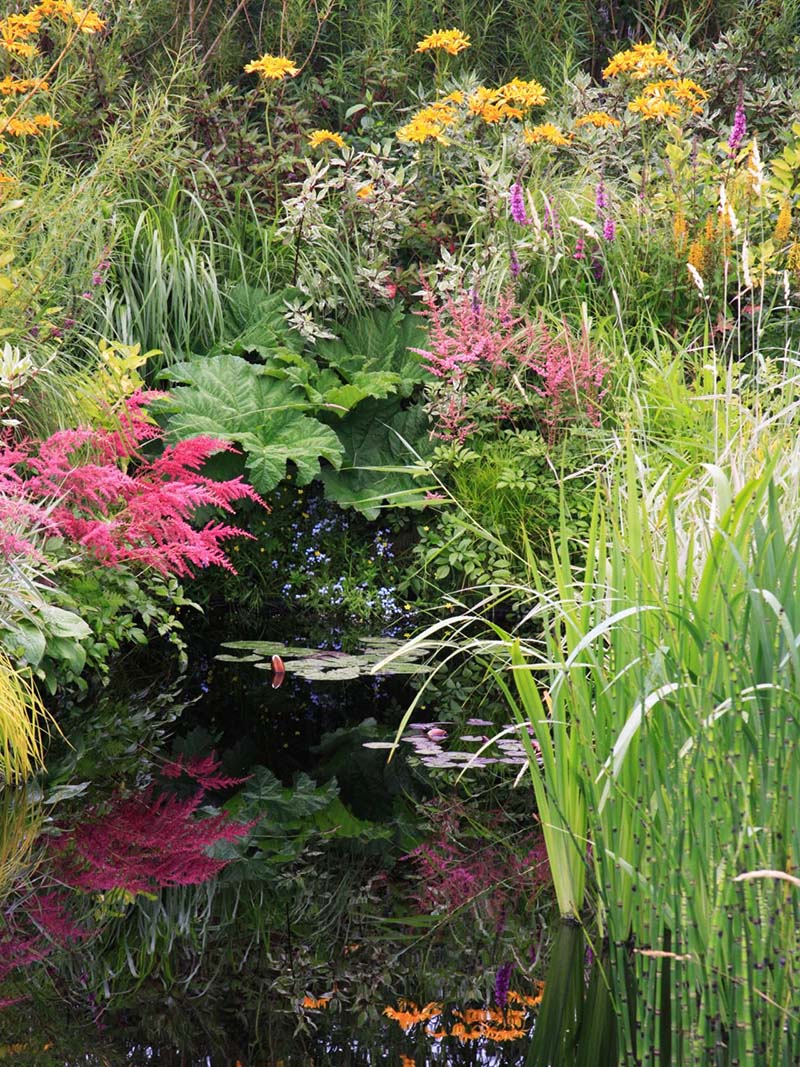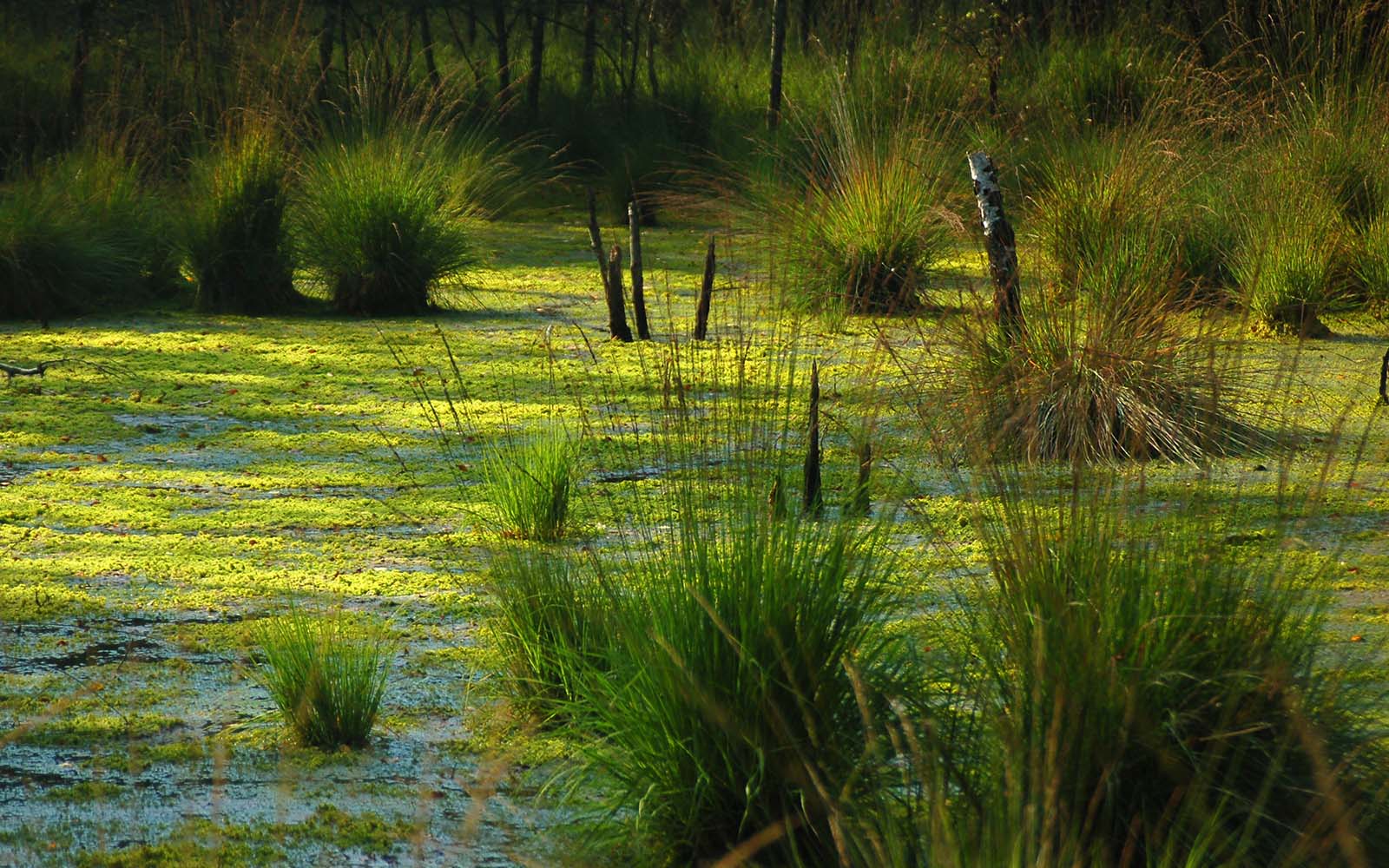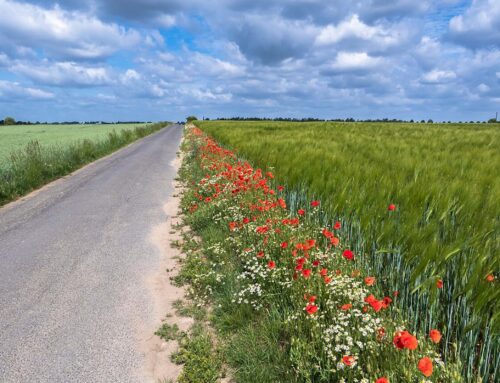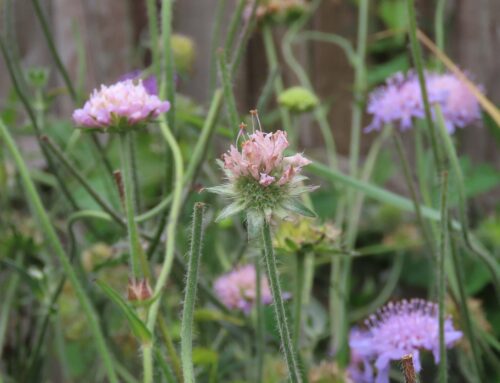Build a Bog Garden for Wildlife
Why bogs and boggy areas are important for wildlife
While ponds are pools of standing water, the WWT describes a bog garden or boggy area as a “a patch of slow-draining, waterlogged soil that mimics natural bog conditions”. Bog gardens form ‘transitional’ habitats that connect dry and wet areas in our gardens and landscape.
Within this relatively small area, bogs boast a whole range of different moisture conditions/levels and thus accommodate a big diversity of plant species which in turn attract a host of different wildlife by offering food and shelter.
Instead of trying to drain the more waterlogged areas in your garden, you can turn them into a bog and create a valuable wildlife habitat. On top of that, bog gardens offer a child-friendly alternative to ponds.
But if you can, have both in your garden! Ponds and wetland (i.e. bogs) together attract even more wildlife compared to each habitat on its own.

How to create a bog garden for wildlife
Bog gardens can be created “either at the edge of a pond, or as a standalone feature” says the Wildlife Trust. Building a bog garden is very similar to building a pond, only that a bog is much more shallow and needs holes in the liner or other ways to allow for some drainage.
It’s easy to establish your bog garden in an area in your garden that’s already quite wet but you can also start a bog in a dry area.
If a bog garden is not possible due to limited space for example, a miniature version can be created in a container. Since this will likely dry out faster you should to top it up with water regularly.
This website explains how to create a bog garden both in dry and in already wet areas. It also has a section on which plants to grow in a bog garden and how to care for bog plants.
This article contains a section on planning, establishing, maintaining a bog garden and also offers some further tips and a list of suggested plant species.
Also check out this illustrated step by step guide to creating your own bog garden for wildlife.
Follow this link for some additional tips.
Which plants to grow in a bog garden
Bog plants are planted in permanently wet and damp soil, beside water but not in water. They include trees, shrubs and herbaceous plants. While the blooming period for bog plants is generally short, growing a mix of early and late blooming plants will extend the flowering season from May to September.
‘Palustris’ and ‘ulignosus’ mean ‘bog’ or ‘marsh’ in Latin, so look out for these words in the names of plants. This shows that they are suited for a boggy environment.
If you’re wondering which plants to grow in your bog garden check out this link
This article also has a list of plants that you can grow in a bog garden.
Bog garden / photo via Gardening Know How https://www.gardeningknowhow.com/ornamental/water-plants/wgen/bog-garden-maintenance.html. Bog garden / photo via Home Depot https://www.homedepot.com/c/ah/how-to-create-a-bog-garden/9ba683603be9fa5395fab901bd60ce7f. Bog garden / Photo via Pinterest https://www.pinterest.com/pin/344103227760145528. Bog / photo via Brittanica https://www.britannica.com/science/bog-wetland.








